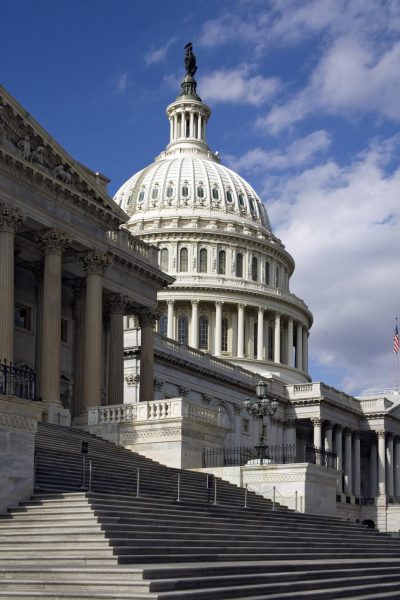President Joe Biden signed the long-awaited Infrastructure Investment and Jobs Act of 2021 (H.R. 3684) on November 15. The signing means $550 billion in new Federal funding for infrastructure projects over the next 5 years, including $55 billion specifically for water infrastructure.
The Bipartisan Infrastructure Deal (BID) is not a stimulus bill like the recent American Rescue Plan Act (ARPA) or the Coronavirus Aid, Relief, and Economic Security (CARES) Act. The BID will not constitute direct funding to communities like ARPA and CARES. Instead, it will flow primarily through existing State Revolving Fund (SRF) programs and others administered by various agencies.
The funding for water infrastructure will be appropriated as follows:
- $11.7 Billion additional Clean Water SRF
- $11.7 Billion additional Drinking Water SRF
- $15 Billion for lead service line replacement
- $4 Billion to address perfluorinated alkylated substances (PFAS) through 100% forgivable loans
- $5 Billion for Drinking Water emerging contaminates
- $1 Billion for Clean Water emerging contaminates
- $1.4 Billion to control and treat sewer overflows and stormwater, plus add public notification systems
- $100 Million for the pilot wastewater efficiency grant program for owners or operators of publicly owned treatment works
- $50 Million for the circuit rider program to assist owners and operators of small and medium-sized publicly owned treatment works
For comparison to demonstrate why this is such a significant development, the FY2020 budget for the U.S. Environmental Protection Agency had approximately $2 Billion total for SRF programs.
The BID also aims to upgrade our nation’s airports and ports to strengthen the supply chains and prevent disruptions that have contributed to inflation. A White House press briefing states the legislation will support U.S. competitiveness by removing bottlenecks and expediting commerce and reduce the environmental impact on neighboring communities.

